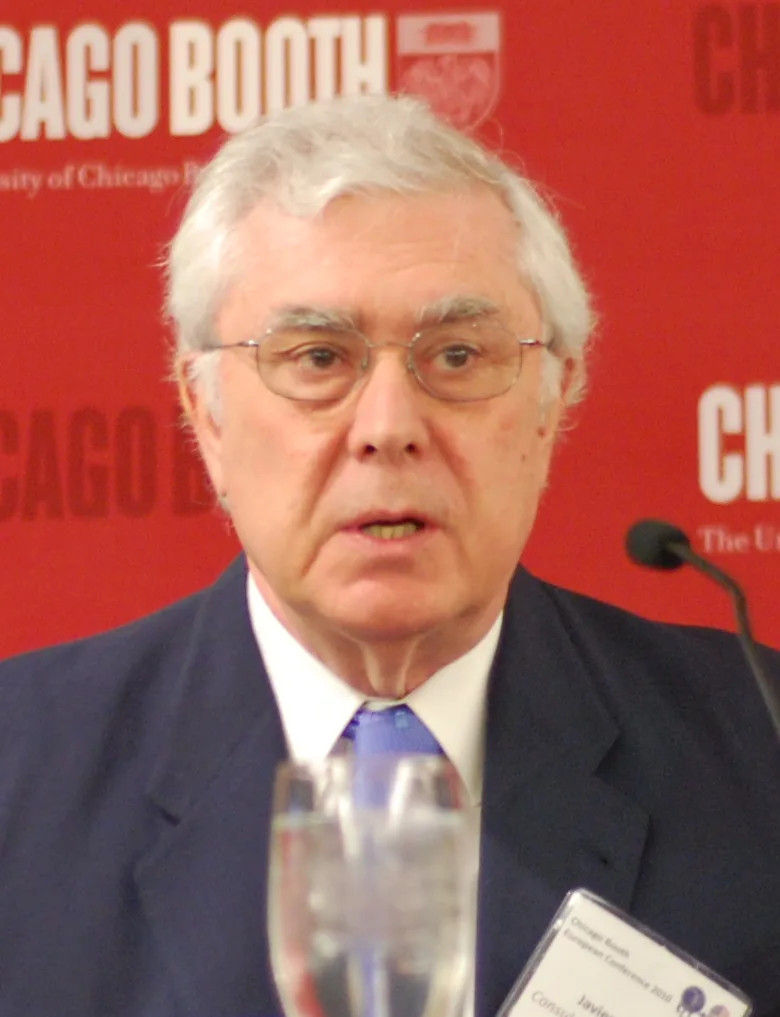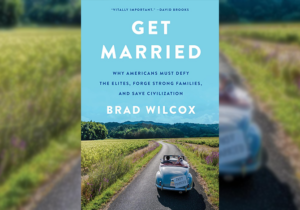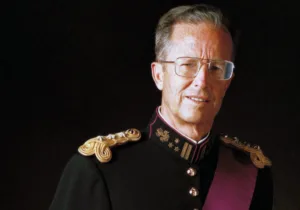General Francisco Franco was the leader of the victorious faction in the Spanish Civil War that ended in 1939 after three years of bloody fighting. He kept the country under his dictatorial rule until his death on November 20, 1975, and was buried at the Valle de los Caídos. North of Madrid and not far from the Spanish kings’ tombs at El Escorial monastery, this Valley of the Fallen is a nondescript and gigantic monument-cum-basilica with a monastery and cross, whose construction Franco ordered and guided. The Valle’s original purpose seems to have been that of a burial place for the fallen of both sides and as a willful sign of late reconciliation and forgiveness.
Most Spanish and foreign public opinion, while paying little attention to the almost forgotten monument, has nevertheless kept it associated with Franco and his legacy. This association deepened when the basilica became the burial place not only for the dictator but also for José Antonio Primo de Rivera, the founder of the Italian-style fascist party Falange who was executed by the Republican side at the beginning of the Civil War. His original resting place had for decades been the church at the El Escorial monastery, which speaks volumes about the macabre rigmarole of musical coffins Spaniards played in the wake of the Civil War.
Franco´s appointed successor as king of Spain, Juan Carlos I, proved from the very onset of his mandate to be a convinced reformist who decided to bring freedom and democracy to the country. A process of transition from authoritarian rule to democracy was launched, and in a short period of time, one of the most successful and peaceful experiments occurred. Political parties, banned during Franco´s time, were given legal status; the first democratic elections held in Spain since 1936 were convened in June 1977, barely a year and a half after Franco´s death; the Spanish Constitution, drafted by the newly elected parliament, was approved in December 1978 and massively endorsed by national referendum; by 1976, Spain had already adhered to the Universal Declaration of Human Rights; in due time, the country would become a full member of the Council of Europe, NATO, and the European Union. These remarkable achievements, which became known as the signposts of the “Spanish Transition to Democracy,” were undoubtedly the result of King Juan Carlos I’s enlightened leadership, Prime Minister Adolfo Suarez, and the Spanish people’s overwhelming drive and desire to live in a free and democratic country.
The “Transition,” known in Spanish as “la Transición,” was made possible by an unwritten pact of forgiveness and forgetting among those who fought in the Civil War and those whose allegiances still remained attached to either one of the two sides. The word reconciliation naturally comes to mind when rendering the history of those times. Among other things, reconciliation allowed political parties on the center-right or center-left of the spectrum to come to power, while offering new possibilities of representation to the different regional sensitivities and pluralities in a new constitutional setup not very different from the federal format. “Never again” a civil war, regardless of the natural differences of opinion and ideas, was very much the motto which had played this miraculous role. Not many people cared about where Franco was buried.
It was the Socialist Prime Minister José Luis Rodriguez Zapatero (2004–11) who first launched the unfortunate and unnecessary push to revise and rewrite the main elements of the transitional pact, casting a shadow of doubt over the terms of the Constitution and reopening a public debate about the Civil War and its results. A very visible element of his revisionist attitude, which many considered tantamount to a will to change history, was precisely the proposal to remove Franco´s body from the Valle de los Caídos, a public place, and give it to the family for private burial. The political purpose of this proposal cannot be hidden: by resurrecting Franco and the Civil War and casting a dramatic revisionist view of the Transition and its results, the Socialists under Zapatero were trying to coalesce a confused following around leftist lost causes, while simultaneously casting doubt as to the democratic quality of the liberal and centrist parties of the opposition, newly labeled as “Franquists.”
This is what Prime Minister Pedro Sánchez is doing right now. He came to power a few months ago as a result of a vote of non-confidence against the former Prime Minister Mariano Rajoy, (2011–18), of the center-right Partido Popular. Sánchez´ very limited parliamentary base—84 members of the Congress of Deputies out of a total of 350—is part of a ragtag coalition of Basque and Catalonian separatists and radical-left neo-Communists and sympathizers whose disparate platforms and ideas find common cause in the removal of Franco´s remains. Sánchez has placed it at the forefront of his initiatives, but as he has already experienced with some of his other ideas, it is often difficult to tamper with reality.
The removal of Franco´s remains would necessitate, first of all, the approval of Parliament, following a decision by the Council of Ministers. This should not pose any problem. Sanchez has enough of a parliamentary majority to achieve his purpose, and the opposition will simply abstain from the proposal. But even in that phase, obstacles could appear in the form of legal appeals to the process. Moreover, permission from the family is required for the exhumation. They have already announced their opposition to it. Finally, considering that the basilica in the Valle is a Catholic church, permission should also be obtained from ecclesiastical authorities, if necessary going all the way up to the Vatican itself, according to the agreements between Rome and Madrid. Sánchez has already admitted that the move, originally planned for his first days in office, will not take place before the end of the year.
In the meantime, and much to the Socialists´ delight, Franco has been resurrected. The government media networks are talking about the dictator most of the time, and old newsreels and documentaries are being shown again. In the last few months, the Valle de los Caídos has seen a spectacular surge of national and international visitors. The Socialists and allies´ propaganda finds special pleasure in denouncing the horrors of a dictator who has been in his catacomb for the last 43 years. Other urgent national needs—unemployment, Catalan separatist movements, education, migrants, and trade—seem to be of a secondary nature. The Spanish left has turned into reality the old ironic saying “Bajo Franco vivíamos mejor” (“Life under Franco was better”). If truth be told, they do not seem to be able to live without Franco. The Hispanic socialist paradox.
—
Javier Ruperez was Spanish ambassador to the United States between 2000 and 2004 and is currently president of the consulting firm Ruperez International, LLC.
Photo Credit: Valle de los Caídos, or Valley of the Fallen. By Sigils, via Wikimedia Commons.







 Sponsor a student for Christianity & National Security 2024
Sponsor a student for Christianity & National Security 2024